Active Transport Drawing
Active Transport Drawing - This is key to maintaining the resting membrane potential. Most popular 3d architecture abstract sports car speeding in urban highway city traffic of future experienced senior engineer consults young designer about project, Passive transport, on the other hand, does not require energy as substances move along their gradient, similar to a canoeist drifting downstream. Web browse 10,200+ active transport drawing stock photos and images available, or start a new search to explore more stock photos and images. Primary active transport that uses adenosine triphosphate (atp), and secondary active transport that uses an electrochemical gradient. In contrast, active transport is the movement of substances across the membrane using energy from adenosine triphosphate (atp). Web two major classes of facilitated transport proteins are channels and carrier proteins. If a substance must move into the cell against its concentration gradient, that is, if the concentration of the substance inside the cell must be greater than its concentration in the extracellular. Web the drawing below shows the fluid inside and outside of a cell. The movement of substances through the cell membrane that requires energy. Web active transport is a highly demanding metabolic process; As you can see, transmembrane channels on either side of the pump allow the. Two types of secondary active transport processes exist: This process is in contrast to passive transport , which allows molecules or ions to move down their concentration gradient, from an area of high concentration to an area.. The movement of substances through the cell membrane that requires energy. Web “active transport is defined as a process that involves the movement of molecules from a region of lower concentration to a region of higher concentration against a gradient or an obstacle with the use of external energy.” during the process of active transport, a protein pump makes use. Web the drawing below shows the fluid inside and outside of a cell. Web primary active transport moves ions across a membrane and creates a difference in charge across that membrane, which is directly dependent on atp. In some cases, the movement of substances can be accomplished by passive transport, which uses no energy. At activity end, administer the cell. Web active transport mechanisms may draw their enegy from the hydrolysis of atp, the absorbance of light, the transport of electrons, or coupling with other processes that are moving particles down their concentration gradients. Membrane proteins that aid in the passive transport of substances do so without the use of atp. Web primary active transport moves ions across a membrane. Explain which type of transport — active or passive — is needed to move the molecules into the cell. Web active transport mechanisms may draw their enegy from the hydrolysis of atp, the absorbance of light, the transport of electrons, or coupling with other processes that are moving particles down their concentration gradients. During primary active transport, atp is required. May 16, 2020 definition active transport is the process of transferring substances into, out of, and between cells, using energy. Web there are two types of active transport: Web there are 2 main modes of transport of molecules across any biological membrane. Web in secondary active transport, the movement of a driving ion down an electrochemical gradient is used to. No energy is necessary for this mode of transport. They also use pumps to get molecules in or out of the cell. Active transport requires energy to move substances against a concentration or electrical gradient, like a canoeist paddling upstream. Secondary active transport does not directly require atp: Figure 4.8.6 use this image to answer question #4 Web primary active transport moves ions across a membrane and creates a difference in charge across that membrane, which is directly dependent on atp. Web two major classes of facilitated transport proteins are channels and carrier proteins. In contrast, active transport is the movement of substances across the membrane using energy from adenosine triphosphate (atp). At activity end, administer the. This process is in contrast to passive transport , which allows molecules or ions to move down their concentration gradient, from an area of high concentration to an area. This is key to maintaining the resting membrane potential. Some cells can use up to 50% of their energy on active transport alone. The dots represent molecules of a substance needed. May 16, 2020 definition active transport is the process of transferring substances into, out of, and between cells, using energy. Web active transport mechanisms, collectively called pumps, work against electrochemical gradients. No energy is necessary for this mode of transport. For all of the transport methods described above, the cell expends no energy. Active transport requires energy to move substances. At activity end, administer the cell membrane quiz. Web the drawing below shows the fluid inside and outside of a cell. Active transport mechanisms require the use of the cell’s energy, usually in the form of adenosine triphosphate (atp). Web passive transport is the movement of substances across the membrane without the expenditure of cellular energy. Active transport mechanisms do just this, expending energy (often in the form of atp) to maintain the right concentrations of ions and molecules in living cells. Cotransport (also known as symport) and exchange (also known as. Web primary active transport moves ions across a membrane and creates a difference in charge across that membrane, which is directly dependent on atp. Examples will include the diffusion of gases across alveolar. Active transport requires energy to move substances against a concentration or electrical gradient, like a canoeist paddling upstream. The dots represent molecules of a substance needed by the cell. May 16, 2020 definition active transport is the process of transferring substances into, out of, and between cells, using energy. The movement of particles through the cell membrane that does not require energy. If a substance must move into the cell against its concentration gradient, that is, if the concentration of the substance inside the cell must be greater than its concentration in the extracellular. Most popular 3d architecture abstract sports car speeding in urban highway city traffic of future experienced senior engineer consults young designer about project, Web active transport mechanisms, collectively called pumps, work against electrochemical gradients. Web two major classes of facilitated transport proteins are channels and carrier proteins.
PPT Active Transport PowerPoint Presentation, free download ID2586036
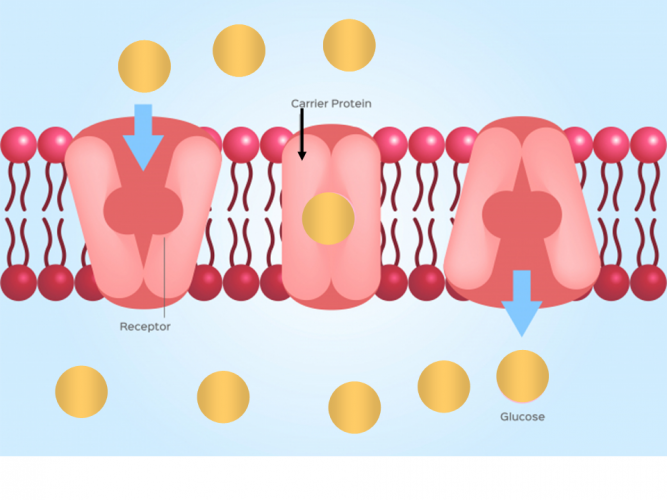
Explain How Cells Use Active Transport Worksheet EdPlace

Active Transport Tutorial Sophia Learning
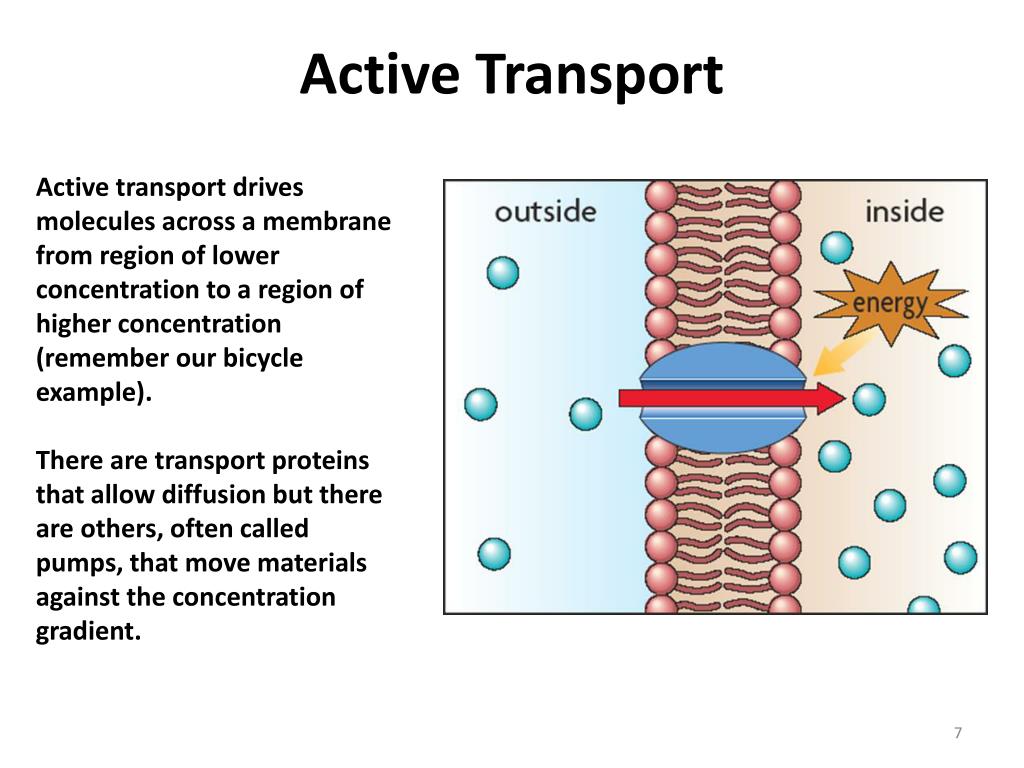
Active Transport Diagram

Active Transport And Diffusion In Plants
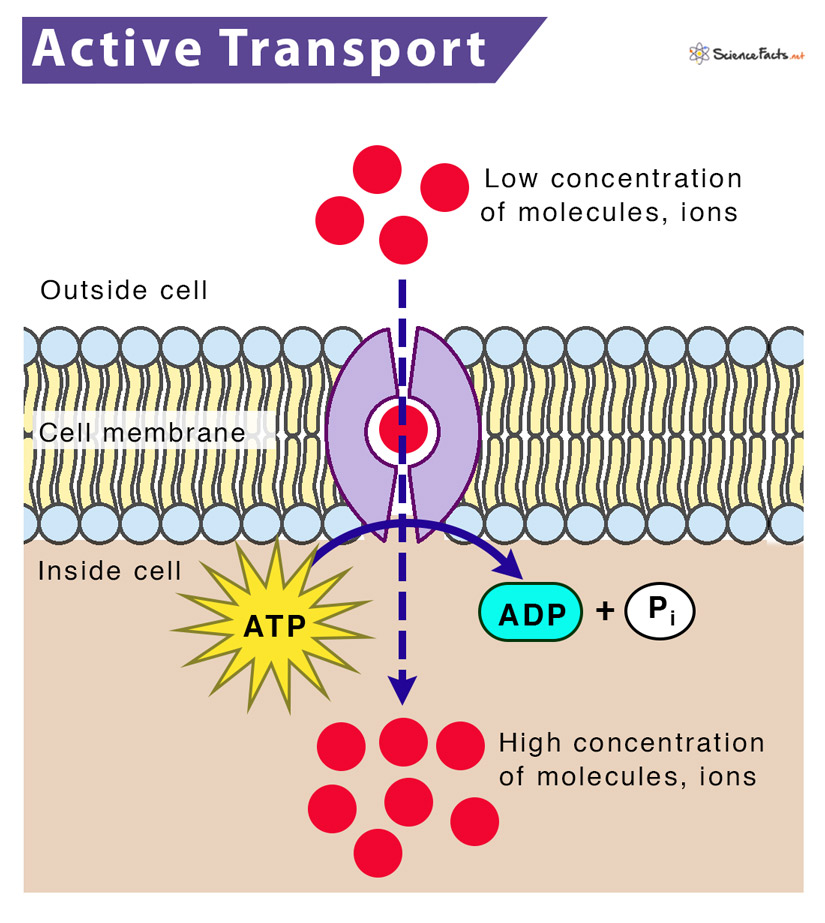
What Molecule Is Necessary for Active Transport WadehasJohns
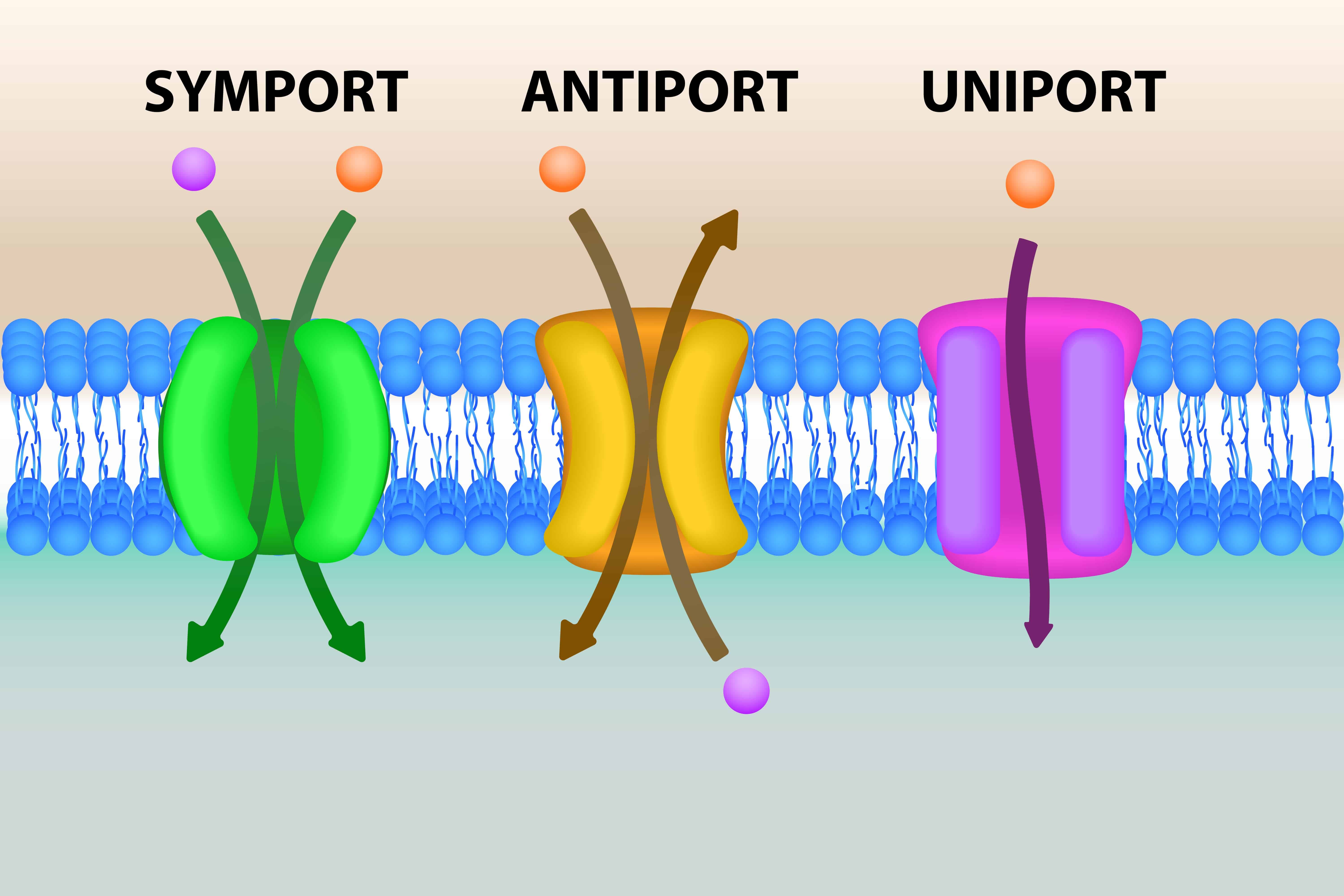
7 Different Types of Active Transport PopOptiq
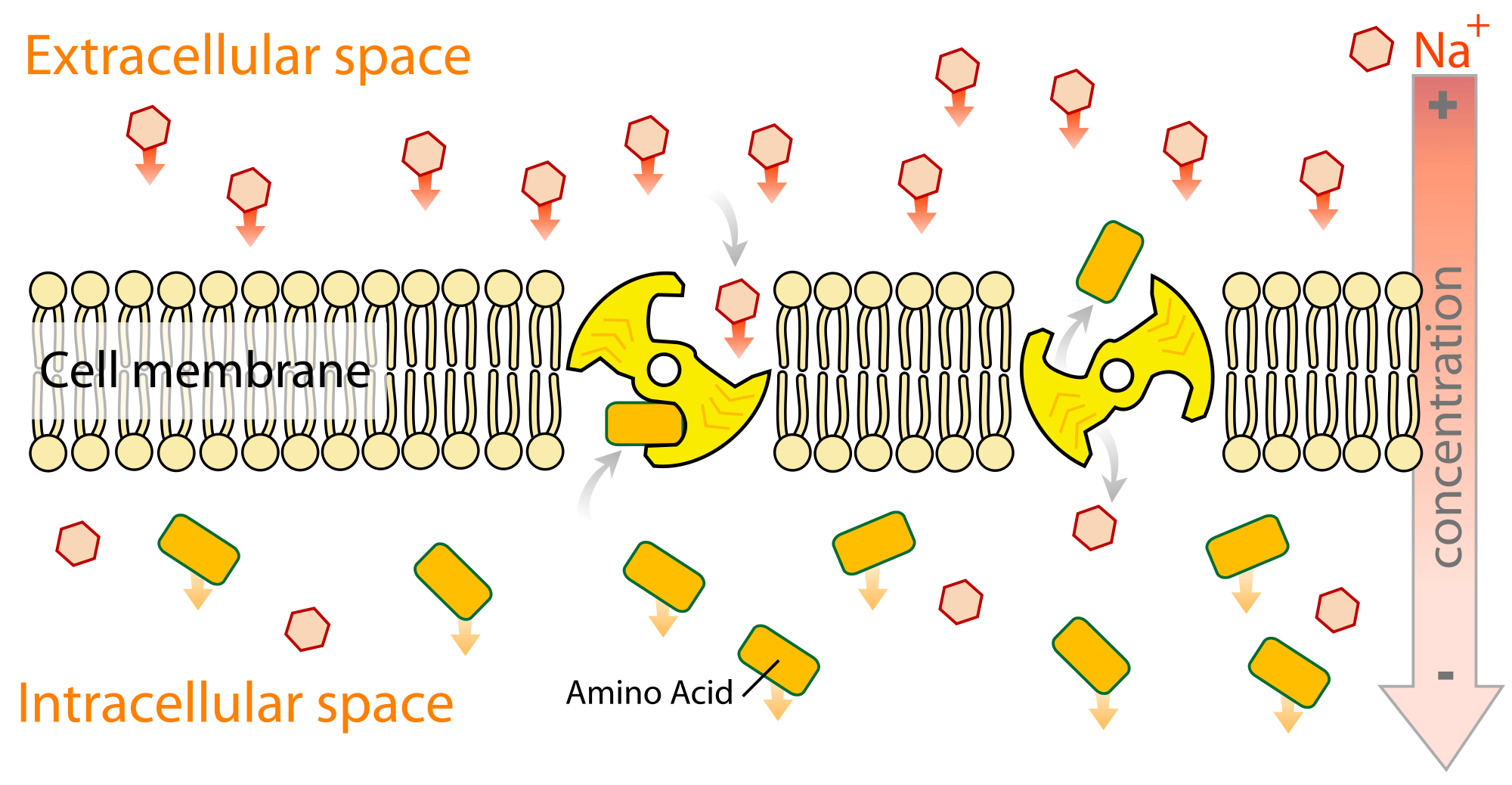
Process Of Active Transport In Root Hair Cells Plants Transport

Anatomy & Physiology Active Transport ditki medical & biological

Active Transport Across the Cell Membrane. Stock Vector Illustration
Some Cells Can Use Up To 50% Of Their Energy On Active Transport Alone.
This Is Key To Maintaining The Resting Membrane Potential.
The Movement Of Substances Through The Cell Membrane That Requires Energy.
However, The Cell Often Needs To Transport Materials Against Their Concentration Gradient.
Related Post: